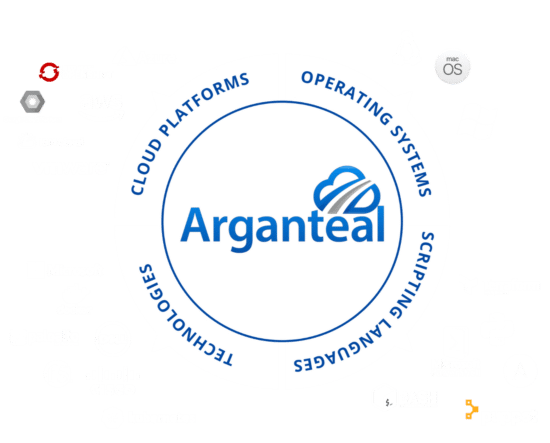Achieve Consistency, Scale, and Flexibility with Automated Onboarding Solutions
Fragmented processes, disparate systems, and manual configurations leave organizations vulnerable to security gaps and inconsistent performance. Poorly configured or insecure devices can lead to data breaches, and other security risks highlighting the critical need for a more integrated approach. With teams spread across locations and relying on varied tools, traditional manual methods are no longer sufficient to handle today’s demands. Modern IT operations requires streamlined, device onboarding automated to ensure consistency, security, and scalability across the entire network.
Key Challenges to Device Onboarding
Manual Processes and Human Error
Onboarding devices means dealing with countless manual tasks, like setting IP addresses and configuring security. Each step carries the risk of human error and can consume valuable time—especially when scaling across hundreds or thousands of devices. This often leads to operational delays, particularly during user onboarding or IT expansions.
Complex Network Configurations
Complex network configuration make onboarding devices a challenge, as each one needs to be tailored to meet unique network settings. This often results in inconsistencies, longer setup times, and increased error risks. Manual methods can’t keep pace, so automation becomes critical for ensuring accuracy and consistency across all devices.
Lack of Standarization
Without standardized processes, teams end up using various onboarding methods, leading to configuration inconsistencies. This not only complicates troubleshooting but increases the risk of non-compliance with company standards and security protocols. Devices that are improperly configured expose the network to vulnerabilities and manually checking compliance can be daunting, especially in environments with a wide range of device types.
Scalability Challenges
As organizations grow and networks expand,, manually onboarding devices can create significant delays. Without the right tools, scaling this process becomes resource-intensive and challenging. Tracking the status and configurations of multiple devices is often cumbersome, leading to poor visibility and inefficient troubleshooting which hinders effective network management.
Transforming Device Onboarding with Automation
Addressing the complexities of device onboarding demands a well-defined strategy that integrates automation, standardization, and enhanced security protocols. Automating the onboarding process ensures consistent device configurations, faster deployments, and reduces human error. By embedding compliance checks and security measures into automated workflows, organizations can maintain a scalable and secure onboarding process that meets both business objectives and regulatory standards.
Efficient Device Onboarding Powered by Arganteal
Language Agnostic Flexibility
Arganteal’s language-agnostic platform seamlessly integrates with any tool or environment, handling even the most complex network configurations. Whether it’s VLANs, subnets, or security protocols, our solution adapts to your specific infrastructure, ensuring uniform deployment across all devices
ADepT

Automated Full Stack Provisioning
Our platform automates the entire onboarding process, from bare metal provisioning to application deployment, ensuring devices are configured quickly and consistently. This eliminates manual intervention, reduces setup times, and prevents bottlenecks in device onboarding.
Reduce Risk of Human Error
of breaches involve a human element. Fully automating the configuration and deployment process, minimizes the potential for human error. This leads to greater accuracy, reliability, and security during onboarding, while enabling your team to scale operations effortlessly.
